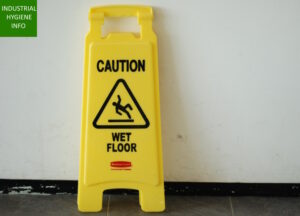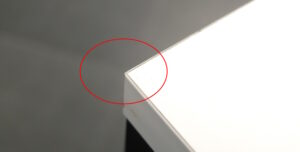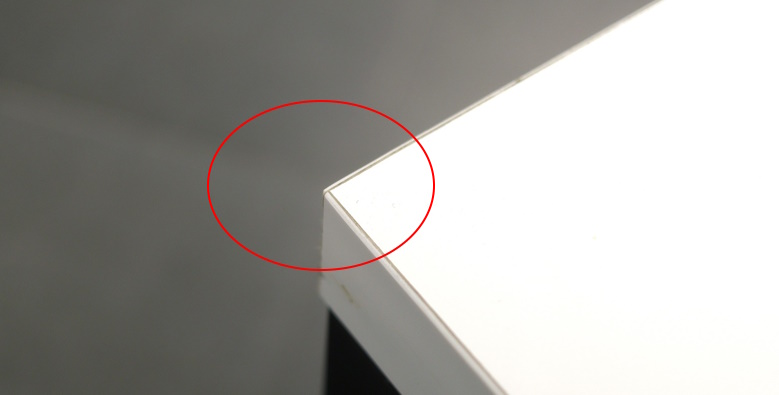Physical Hazards in the workplace
There are many hazards in any workplace. Even if your workplace is not in some industrial facility, but is as benign as an office, you may still be exposed to various types of physical hazards. We will take a look at some physical hazard examples here.
What are workplace hazards?
Workplace hazards are objects or conditions that have the potential to cause harm to human workers. However just the presence of a hazard does not mean it can immediately cause you harm. However you need to be aware of these hazards to prevent causing harm, such as workplace injuries to you and your co-workers.
There are six different types of hazards identified in workplaces that can cause harm to workers. These are the following:
1. Physical Hazards
2. Chemical Hazards
3. Biological Hazards
4. Radiation Hazards
5. Ergonomic Hazards
6. Psychological Hazards.
What are Physical Hazards?
Physical hazards are hazards that are caused by physical objects. These can cause physical injuries such as sprains, or wounds and limb fractures.
Can you give some physical hazard examples?
Following are some examples of physical hazards
a) Slippery floors-wet floors cause a lot of trips, falls, sprains and other injuries in the workplace. Hence it is mandatory to place warning signs whenever a floor is wet.

b) Sharp edges– Some office equipment and furniture, if not designed properly could have sharp edges that could injure workers. Common examples are protruding corners of poorly designed tables or cubicle dividers.
c) Pointed Edges– some office tools such as paper cutters, in addition to having sharp edges can also have pointed edges that can cause puncture wounds. Similarly table corners that are not rounded can also injure people.

d) Low ceilings– Some workplaces may have some areas with lower ceilings, such as mezzanine floors or godowns, warehouses, attics, cellars and similar storage areas in crawl spaces. Workers need to be aware of these as there is a possibility of head injury if one suddenly stands up.
e) Pipework and machinery– It is not only industrial facilities that have pipework. Many office buildings may have air conditioner ducting, air vent pipes or similar HVAC pipes and ducting above the false ceiling or on the roof and other outside areas.
Workers should wear suitable personal protection equipment, such as helmets or hard hats for head protection, while entering such areas, to avoid head injuries. (Learn more about Head Protection here).
Prevention of Injuries due to Physical Hazards
You need to be aware of common physical hazards, but also the management must pro-actively take steps to ensure that these physical hazards are eliminated completely from workplaces.
